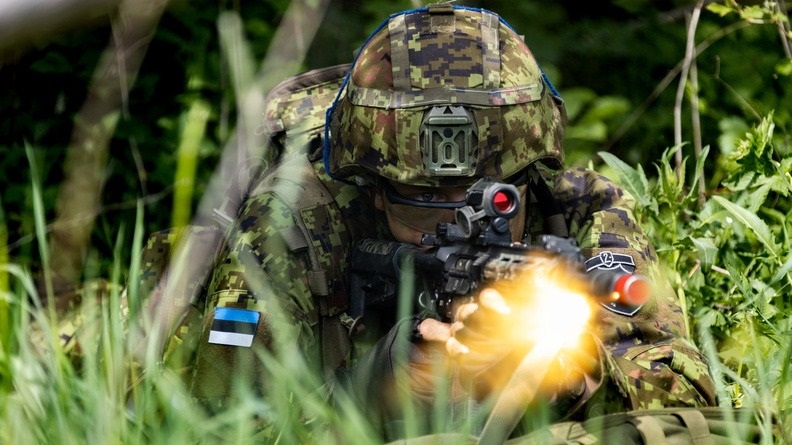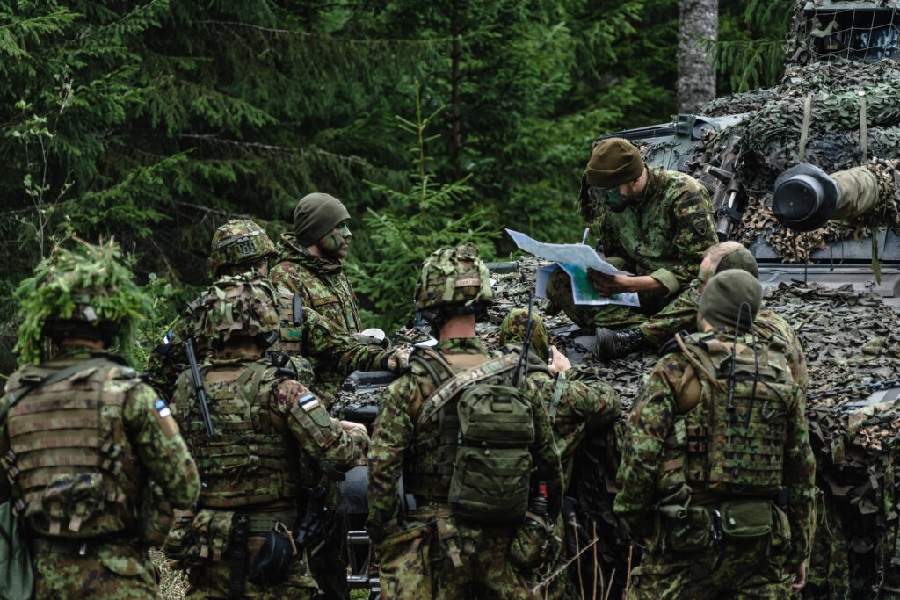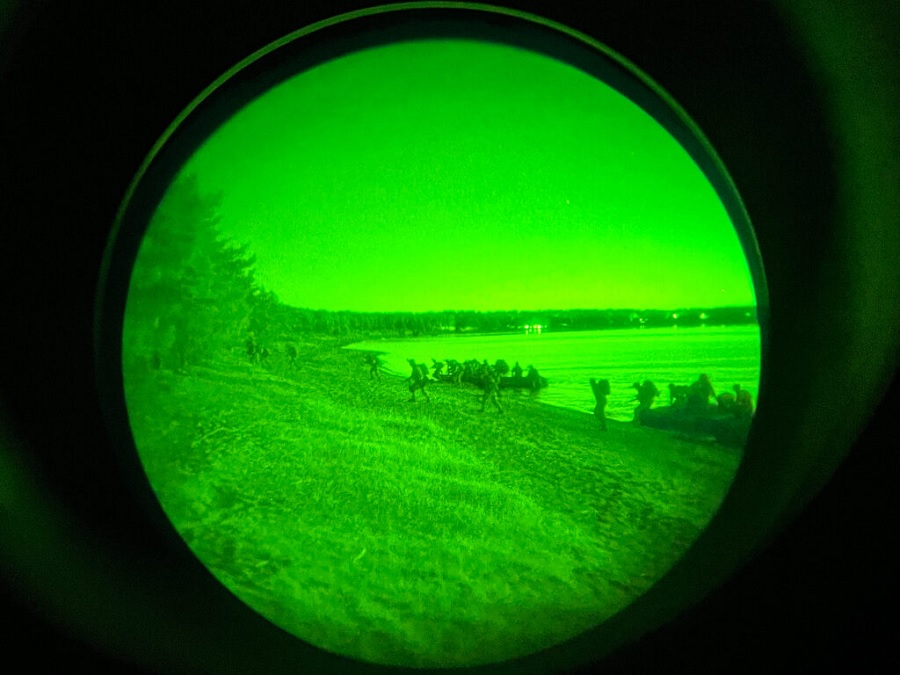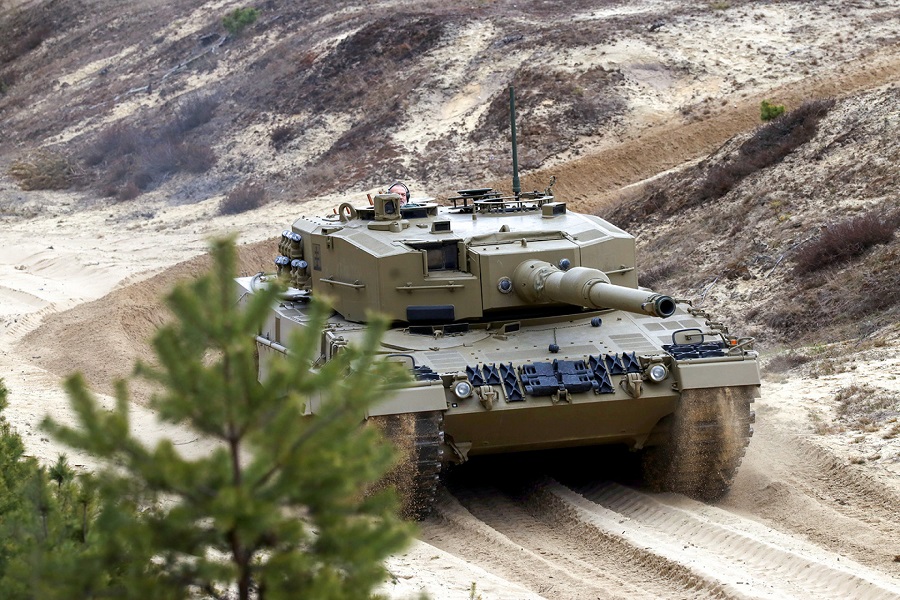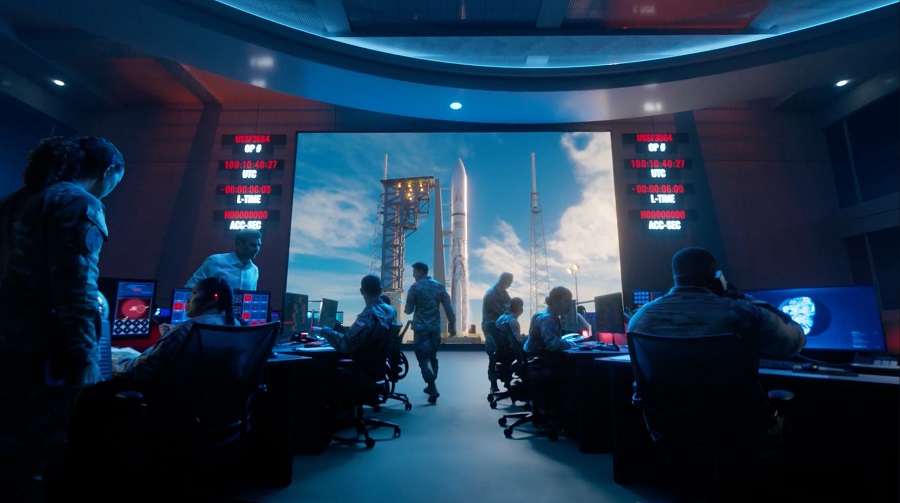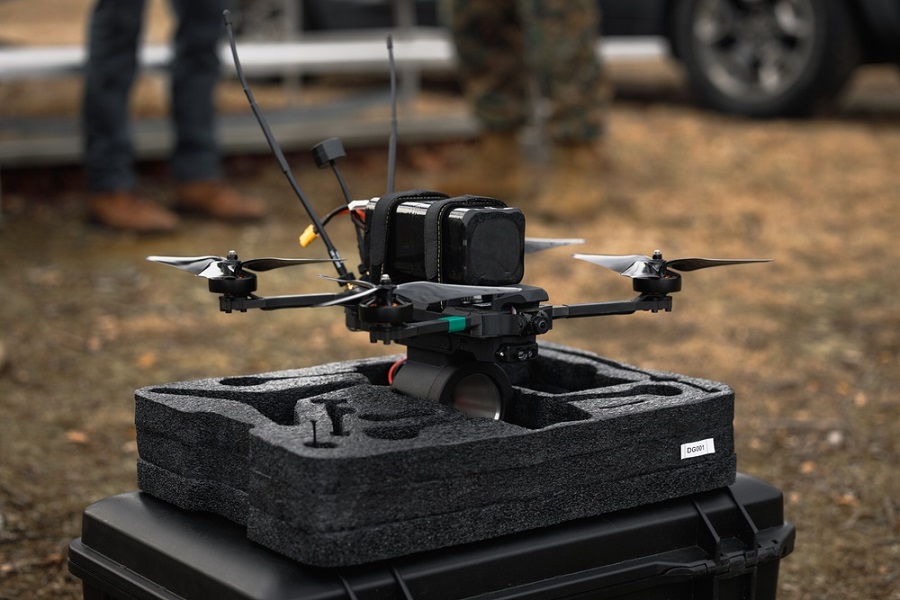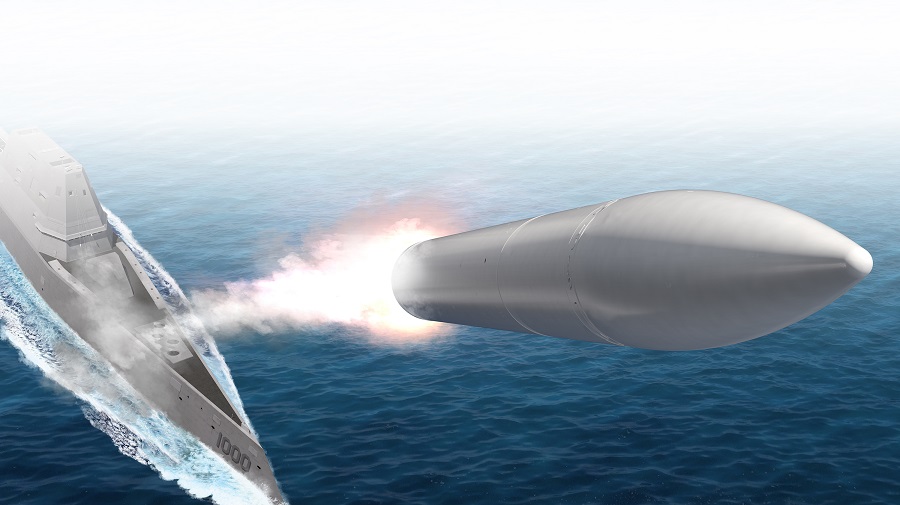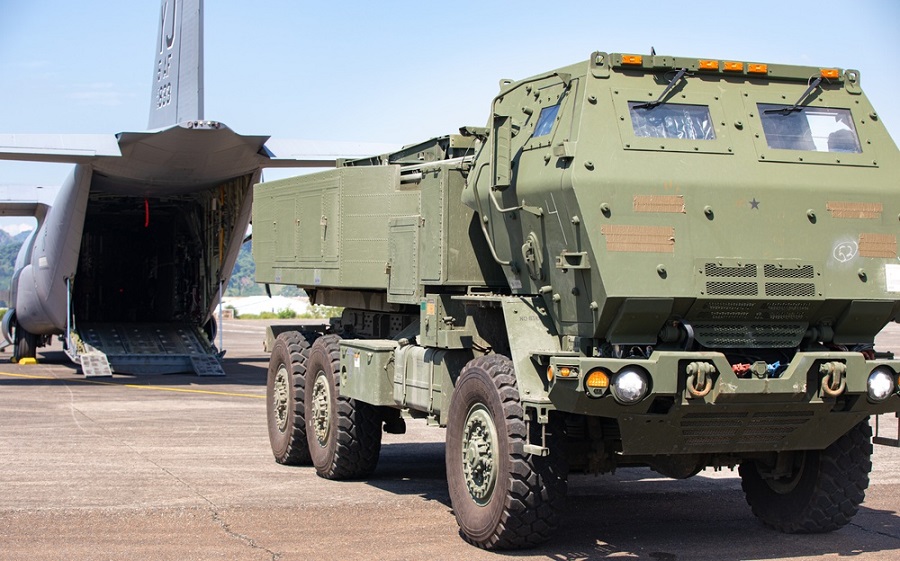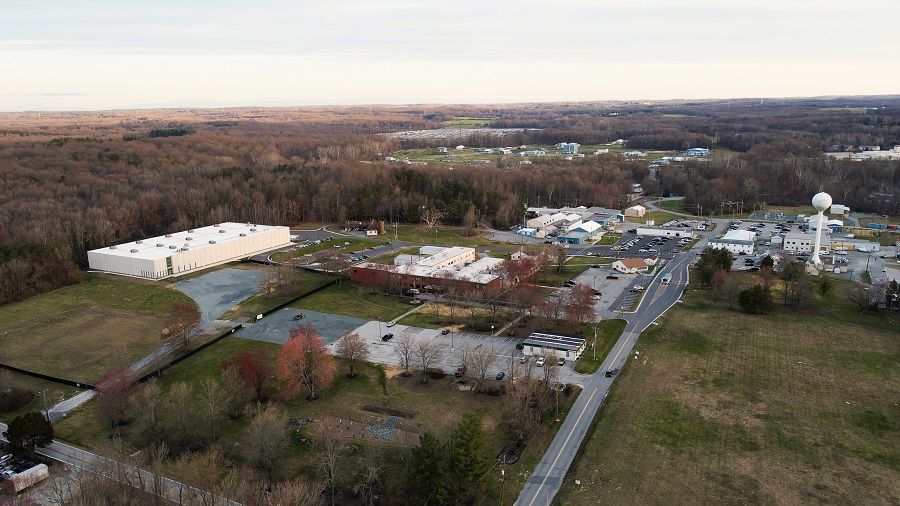This year, the Estonian Defence Forces’ biggest annual military exercise also rehearsed the reinforcement of NATO’s enhanced Forward Presence Battlegroup (eFP) Estonia to Brigade-level strength.
“That is a key shift – the extra layer of capability in time to be part of the in-place force prior to the outbreak of a conflict,” said Brigadier General Giles Harris, Commander NATO eFP Command in Estonia. This year’s two-week long exercise has been a demonstration of NATO’s determination to defend every inch of its territory – and its resolve to have the necessary forces in place, trained and at the ready to do so.
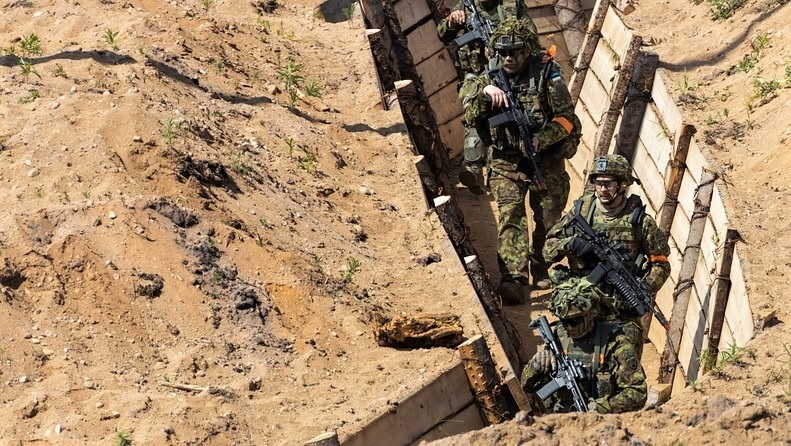
Spring Storm has grown from being the final exam of Estonian Defense Forces (EDF) conscripts ending their service to what is now a large-scale international exercise with considerable participation by Estonia’s Allies and partners. This year, it involves 4,000 troops from Canada, Denmark, France, Georgia, Germany, Italy, Latvia, Poland, the United Kingdom and the United States.
Spread across Estonia’s tough and varied terrain, ground units are tested on realistic battlefield scenarios including trench assaults, reconnaissance missions, and light infantry tactics, moving up to armoured vehicle manoeuvres and combined arms warfare.In an example of Allied soldiers surging into Estonia, some 200 French paratroopers from the 8th Marine Infantry Parachute Regiment jumped out of two A400M Atlas transport planes early one morning in a field in Northern Estonia.Once safely on the ground, they moved swiftly through the forest to join up with an EDF unit for an assault on opposition forces. The magnificent sight of massive number of parachute troops landing in Estonian fields sends a clear message.”It says that at short notice we can deploy very fast,” said Lieutenant Colonel Edouard Bros, commander of the French troops in Estonia.
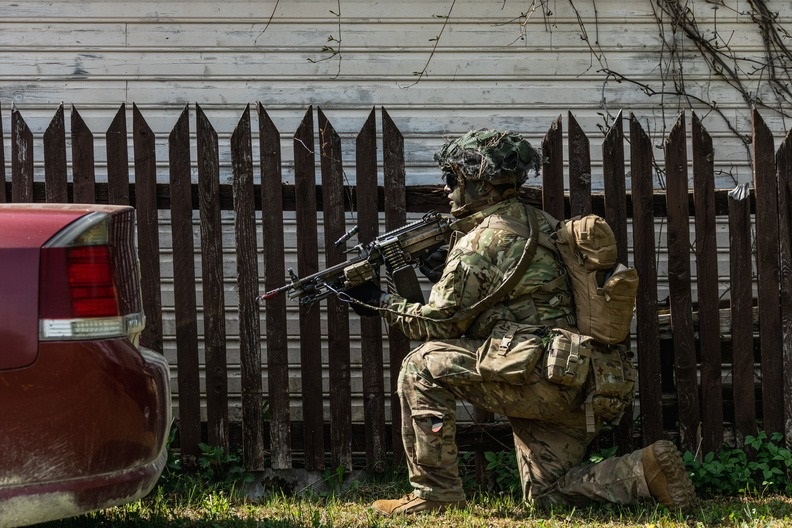
Elsewhere, British Royal Marines from 45 Commando, operating from HMS Albion, made several amphibious landings on a beach just East of Estonia’s capital Tallinn, moving on to attack a high value target. In the exercise scenario, the British played the role of an opposition Red force. After the attack, Blue forces forced them back to their boats.
“Estonia’s environment is perfect for practicing what we do best,” Lieutenant Maguire, Group Commander of the 45th Royal Marines Battalion said.
A few hours earlier, gunshots echoed in the streets of Kadrina village some 75 kilometres east of Tallinn, as US soldiers playing the opposing force battled entrenched Estonian forces on the outskirts of the settlement. In Estonia, there is acute awareness and support for the need to maintain vigilance against the country’s eastern neighbour, and the EDF consistently polls as one of the most trusted institutions.


